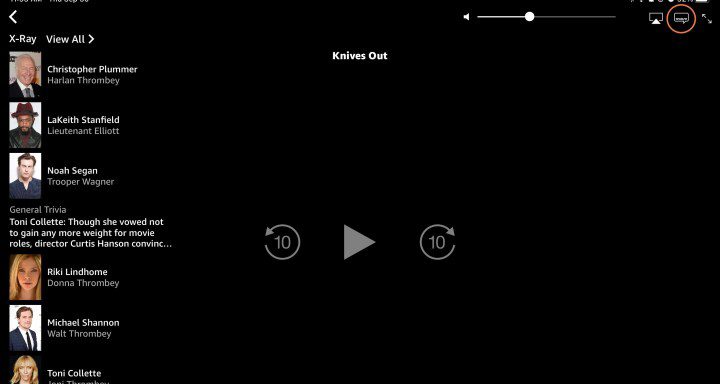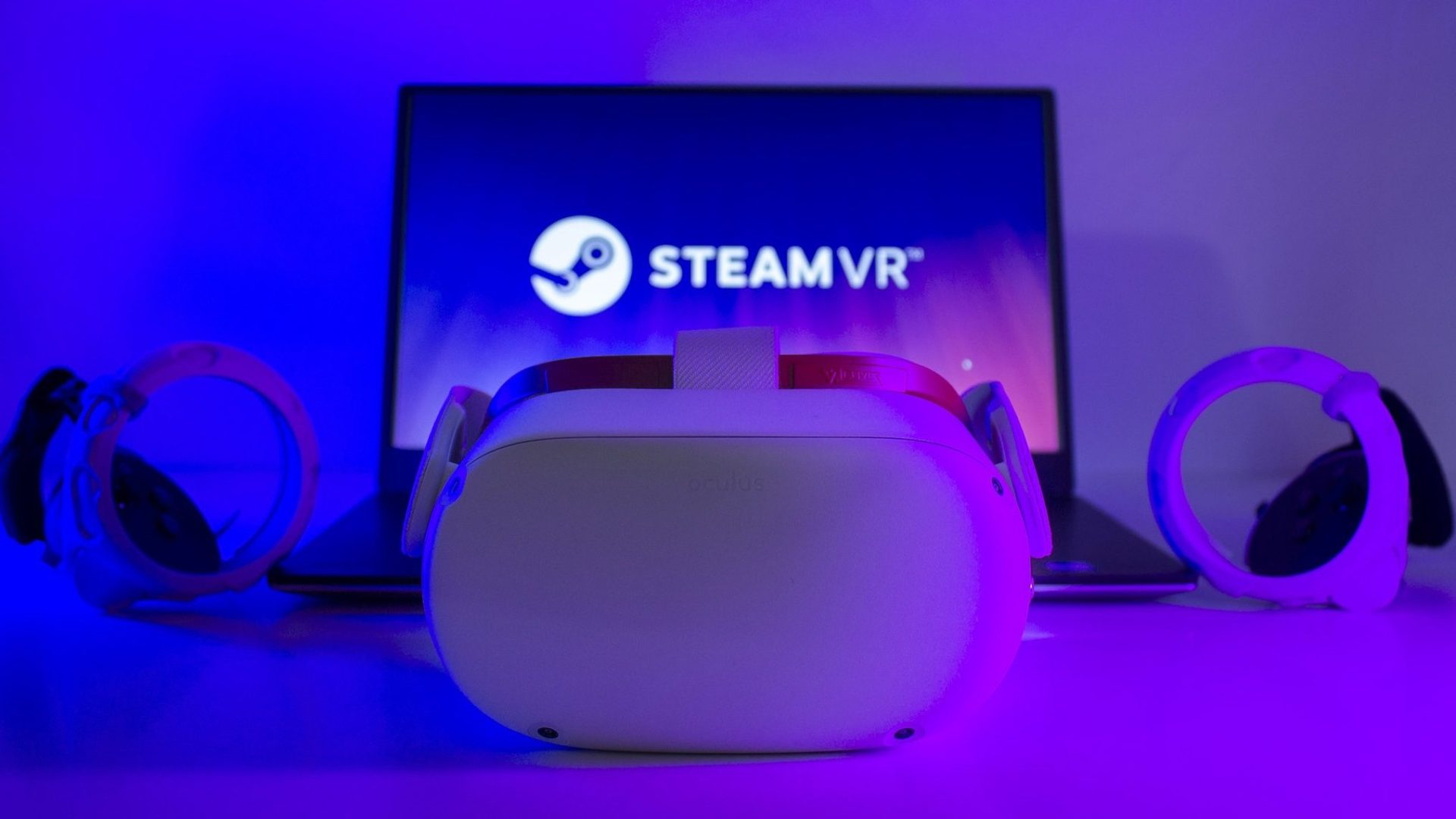How to turn off subtitles on Amazon Prime Video
Subtitles make it easy to follow your favorite show. Whether it’s streaming in another language or you’re trying to watch a show late at night without disturbing your friends or family, there are plenty of reasons why you’d want to enable subtitles on Amazon Prime Video. But the opposite is also true: subtitles become intrusive […]

Subtitles make it easy to follow your favorite show. Whether it’s streaming in another language or you’re trying to watch a show late at night without disturbing your friends or family, there are plenty of reasons why you’d want to enable subtitles on Amazon Prime Video. But the opposite is also true: subtitles become intrusive and annoying during certain broadcasts.
Amazon Prime Video makes it easy to turn off subtitles with just a few clicks, no matter where (or how) you’re streaming. From using a Fire TV remote to watching Prime Video on a Roku device, here’s a look at all the ways you can turn off subtitles on Amazon Prime Video.
Want to know how to turn off subtitles on other streaming services? Check out our guides for how to turn off subtitles on Disney+ and how to turn off subtitles on Netflix too.
On a mobile device with the Prime Video app
Controlling captions on the Prime Video app is particularly easy and a great place to start if captions keep turning on, especially if you’re using a mobile device. While the design and interface may differ slightly on other platforms, the basic rules and what to look for remain the same, so you should still be able to use this guide to help you. Below we’ll go over some of the other Prime Video platforms where things are a little different.
Step 1: Open the Amazon Prime Video app and start streaming the show of your choice. Once the subtitles appear, immediately pause the video.
2nd step: Look at the upper right corner of the screen. Here you will see several icons to control how the video appears. The middle one looks like a bubble: select it.
Image used with permission of the copyright holder
Step 3: A small menu will appear with two different sections, Subtitles And audio. Under the Subtitles menu, you will see options for both Disabled And English CC/closed captioning (or other languages you may be watching in). Select Disabled.
Image used with permission of the copyright holder
Step 4: If subtitles are already disabled, but still appear – which can sometimes happen with this bug – then move on to Subtitles then return to Disabled.
These steps should remove subtitles from whatever you’re watching. We also suggest making sure the Prime Video app is fully updated. If the problem persists, you can try deleting the app completely and reinstalling it to see if that helps. There is no guarantee that this bug or error will not occur again, but if it does, you will be prepared to deal with it.
Digital trends
With a Fire TV remote
If you have an Amazon Fire device, like a Fire TV Stick or Cube, linked to your TV, it probably comes with a remote. If you’re comfortable using the remote, you can also turn off the subtitles this way, which may be easier if you’re in front of a TV.
Step 1: Again, pause the title you are watching. Now look at your Fire TV Stick. One of the buttons at the top right should be three lines, the settings menu icon. Press this button.
2nd step: From the menu that appears, select Subtitles.
Image used with permission of the copyright holder
Step 3: In the subtitles section, which will probably show something like English [CC], use the selection button again. This should disable subtitles. Again, turning subtitles on and off can often fix subtitle bugs.
Step 4: These steps may differ a bit since Fire TV interfaces may vary, but the end goal is always the same. If you can’t find Subtitleslook for a menu called Closed captions.
Digital trends
With Prime Video on a games console
Many users have the Prime Video app on their gaming console to make watching TV easier. In this case, you’ll use similar steps to the Fire TV Stick, except on your gamepad instead of a dedicated remote.
On a controller, Break is usually the bottom button in your quadrant, the X or the A, depending on your console. From here, use the joysticks to access the subtitle menu, just above the X-Ray information. Select Subtitlesthen make sure they are facing Disabled.
Derek Malcolm / Digital Trends
With Prime Video on a Roku device
If you’re using a Roku device, you may need to change the caption settings directly in the Roku menu to turn them off.
Step 1: Using the Roku remote, choose the Home button, then choose Settings.
2nd step: Go to Accessibilitythen choose Subtitle mode.
Derek Malcolm / Digital Trends
Step 3: Then make sure Subtitle mode is turned Disabled.
Derek Malcolm / Digital Trends
Step 4: You can also try pressing the Star button on your Roku remote while watching Prime Video. Depending on your exact platform and software version, this may bring up a menu allowing you to turn off the subtitles. The same goes for simply pausing Prime Video, as some versions may have the Subtitles option integrated directly into Prime Video software.
What is the difference between subtitles and subtitles?
We thought we’d take a last minute here to clear up any confusion that might exist about subtitles and captions, as they can often look the same, but they are very different. Subtitles are there to give a translation of spoken dialogue from a movie, TV show, or other video. Although they are useful for the hearing impaired, it is assumed that the viewer can hear the dialogue and action on screen, but simply cannot understand the language.
Subtitles, on the other hand, are more specifically aimed at deaf or hard of hearing viewers to give them a verbatim transcription of not only the dialogue, but also the actions, sounds, and music that occur on screen.
Editors’ Recommendations




















